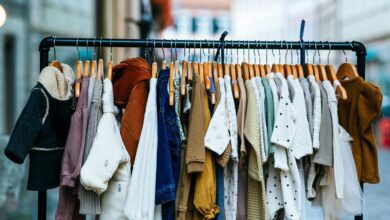Shein pop-ups are worrying for independent fashion retailers
Shein’s new Irish headquarters came with an announcement of 30 pop-ups across the UK due to appear over the course of 2023, but even with its many controversies being public knowledge, local boutiques could find it hard to compete

Fast fashion giant, Shein, hit the headlines once again to announce the introduction of around 30 pop-up shops located in major cities across the UK, offering a variety of clothing items, accessories, and homewares that were traditionally sold via its popular online store.







